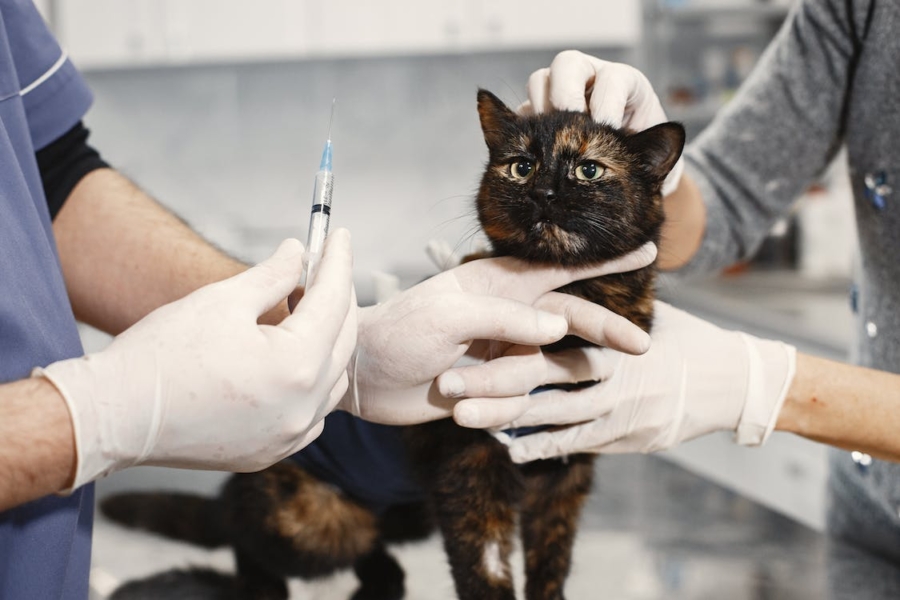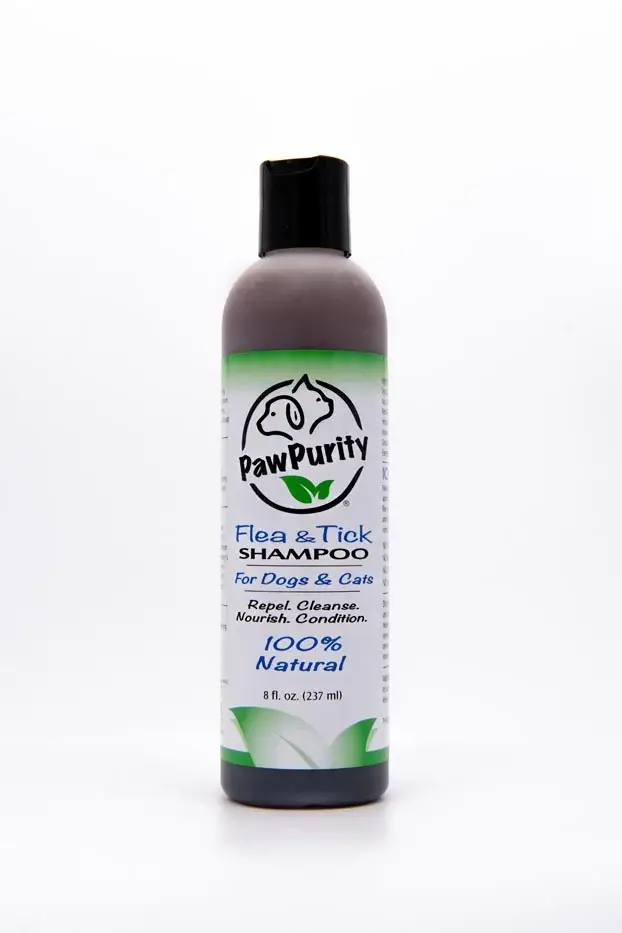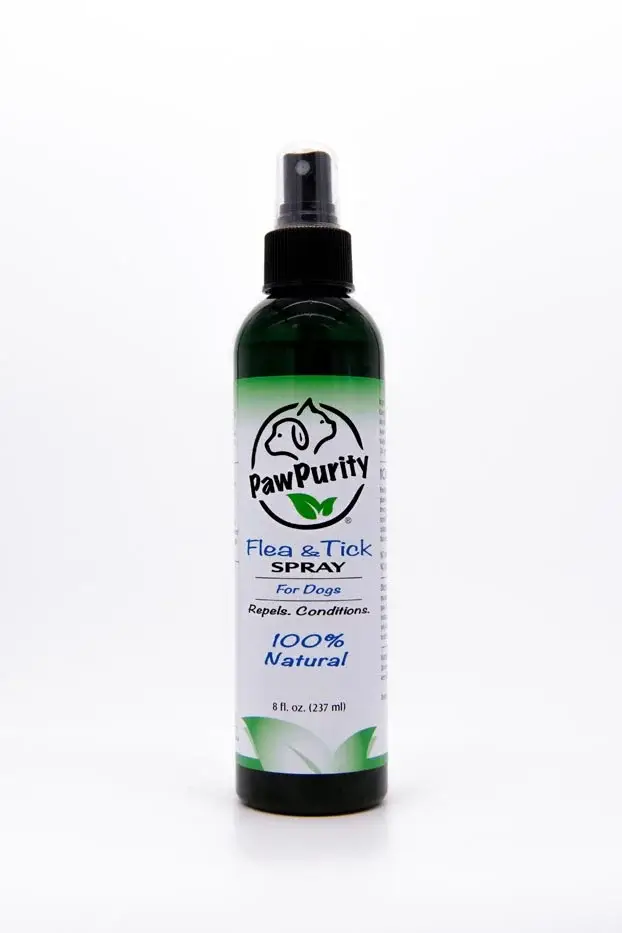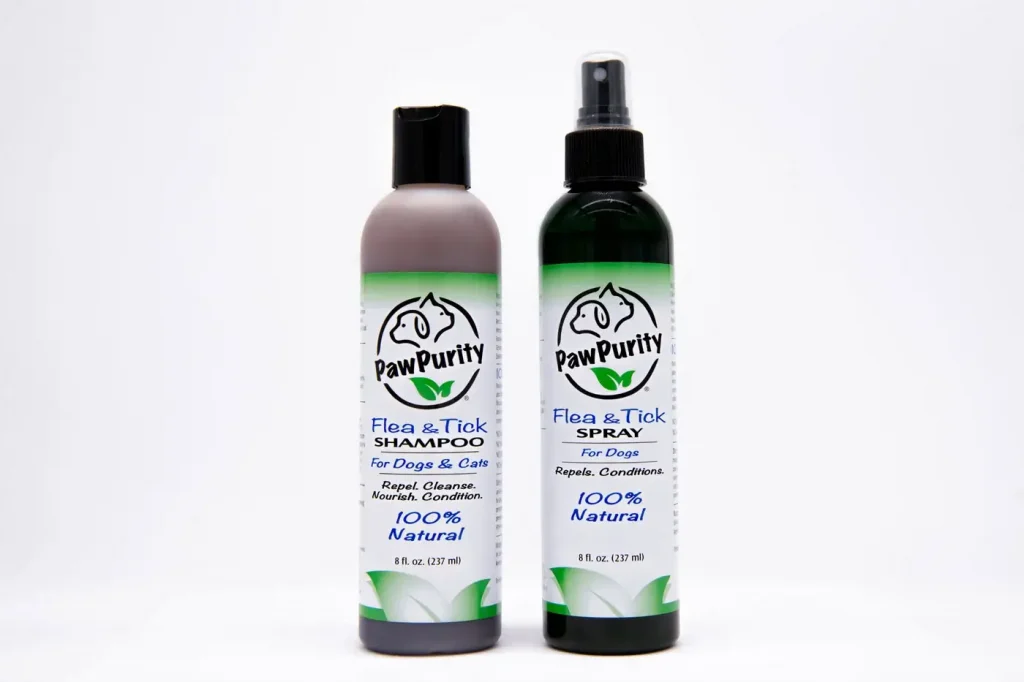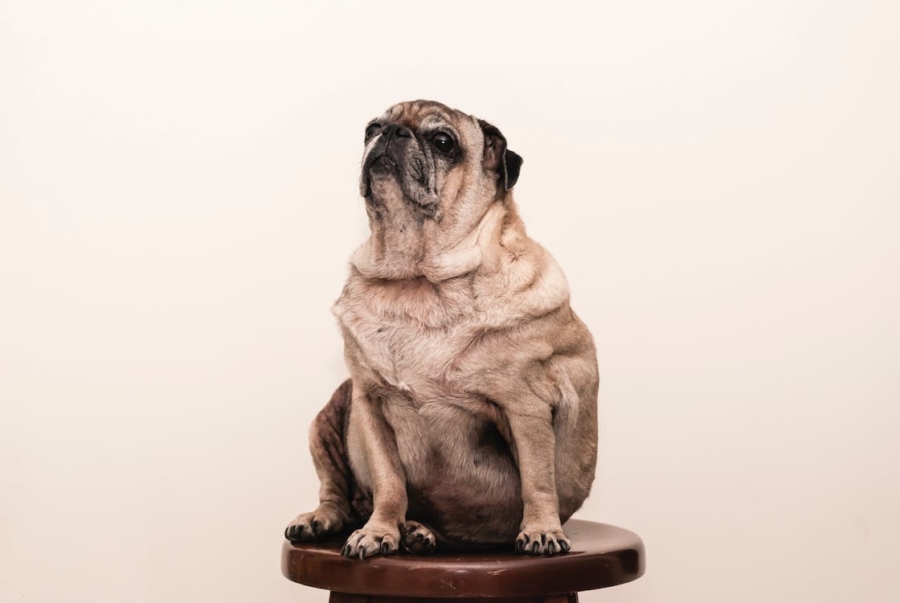Have you ever wondered how flea medicine works? Flea medicines are a tool for keeping your pet pest-free. But, it can be difficult to understand the science behind them. In this blog post, we will take a look at flea medicine and how it works. We also will explore some of the different types of flea medicines available so you can make an informed decision about which one is right for your pet.
When Do We Need to Use Flea Medicine?
Flea medicines are an important part of pet care and are used regularly to keep your furry family member safe from fleas and other parasites. Fleas are small insects that can infest both indoor and outdoor spaces, and they can cause health issues for both pets and people if left unchecked. Flea medicines are designed to kill fleas on contact, prevent them from laying eggs, and reduce the chance of flea infestations.
Common signs of fleas include excessive scratching or biting, which can indicate that your pet has become infested with fleas. If you notice these signs, you will need to find a preferred natural flea treatment or pesticidal flea medicine right away. Most veterinarians recommend using flea medicine regularly to prevent future infestations, although this has been found to not be 100% effective. This is why it’s good to use more than one remedy to prevent fleas.
Make it a priority to read labels carefully and follow the instructions when using any type of flea medication. This will help ensure that your pet receives the correct dosage and that the medication is effective. Consult your veterinarian if you have any questions or concerns.
Types of Flea Medicines And How They Work
Flea medicines come in many different forms, including topicals, oral medications, and collars. Some flea medicines and their modes of action are discussed below;
1. Flea Shampoos
Flea shampoos are one of the most common forms of flea treatment and are used to either repel fleas before they latch onto your pet or kill existing fleas on your pet’s body. They work by lathering your pet’s coat and skin with nature’s most potent repellents or, if using a chemical pesticidal treatment it will dehydrate the fleas, killing them instantly. The active ingredient in most chemically derived flea shampoos is pyrethrin, a chemically-made compound, which works by damaging the nervous system of fleas and other pests.
Mode of Action:
Flea shampoos for pets typically work in one of two ways:
- Insecticidal action: Some flea shampoos contain insecticides such as pyrethroids or organophosphates, which kill fleas by disrupting their nervous system. These chemicals are often found in shampoos labeled as “medicated” or “pesticidal”. The shampoo is applied to the pet’s coat and worked into a lather, allowing the insecticide to come into contact with the fleas and kill them.
- Physical action: Other flea shampoos work by physically drowning or suffocating the fleas. These shampoos contain ingredients such as essential oils or soaps that create a thick lather, which effectively traps and suffocates the fleas. They also release a powerful scent that fleas don’t like, so they jump off your pet trying to escape. This type of shampoo is often labeled as “natural” or “organic”.
It’s important to note that not all flea shampoos are equally effective, and some may be more appropriate for certain pets or situations than others. It’s also important to follow the instructions on the label carefully, as improper use of flea shampoos containing pesticides can be harmful to your pet and children.
Safety Tips:
- When using flea shampoos, carefully follow all instructions on the label. If used incorrectly, flea shampoos with pyrethrin can be toxic to pets and humans.
- Store any chemical shampoos out of reach of children and pets. Avoid contact with skin or eyes. You should also use a repelling shampoo and spray designed specifically for flea warding off fleas before an infestation starts, or after getting rid of one. Repelling fleas is much better for the health of your pet than treating infestations.
- When applying the shampoo to your pet, lather it in well and leave it on your pet’s fur for as long as the instructions suggest. This will give the natural repellents or pyrethrin time to take effect and start killing any existing fleas. After the shampoo has been on your pet for the prescribed time, rinse thoroughly and repeat if necessary.
- If using PawPurity’s Natural Flea-Repelling Shampoo, leave it on your pet’s coat for as long as possible as its ingredients work to kill adult fleas, repel, nourish, and condition the skin and coat.
2. Flea Sprays
Flea sprays are often the first line of defense against fleas. Most sprays contain insecticides that kill fleas on contact and can be used to treat both the pet and the home. When using a flea spray, follow the instructions on the package carefully.
Mode of Action:
Flea sprays work by either killing fleas or repelling them from your pet’s coat. The mode of action depends on the specific ingredients in the flea spray. There are two types of sprays; chemically-derived or natural.
- Insecticidal flea sprays typically contain chemicals such as organophosphates, which are insecticides that work by disrupting the nervous system of fleas. When sprayed directly onto the pet’s coat, the insecticide comes into contact with the fleas, killing them. Insecticidal flea sprays can be effective at killing fleas quickly, but they can also be toxic if not used properly. It’s important to follow the instructions on the label carefully and to avoid spraying your pet’s face and eyes.
- Repellent flea sprays, on the other hand, contain ingredients that are sometimes unpleasant to fleas, such as herbs, essential oils, and natural extracts. These ingredients work by repelling fleas from the pet’s coat, making them less likely to bite and remain on the pet. Repellent flea sprays can be effective at preventing flea infestations, but they may not kill fleas that are already present on the pet. It’s important to note that some pets may be sensitive to certain ingredients in flea sprays, so it’s a good idea to test the spray on a small area of the pet’s coat first to make sure they don’t have an adverse reaction.
There are flea sprays that are repellents rather than killers. PawPurity’s Flea & Tick Repelling Spray contains 26 fleas, tick, and mosquito repellents formulated with plants, minerals, vegetable oils, and essential oils.
Safety Tips:
When using a pesticidal-based flea spray, be sure to:
- Read the label carefully before using and make sure you understand how to use it properly.
- Wear protective clothing such as gloves when spraying your pet or home.
- Keep children and other pets away from treated areas until the spray is dry. Even then, be warned that some collars have been known to
- Follow any safety warnings on the label about avoiding skin contact or breathing in the spray.
- Wash your hands after use and store the product safely away from children and pets.
- Do not overuse the product, and do not use it more often than directed.
- Do not use flea sprays on cats under six months of age or dogs under four months of age.
Keep in mind that pesticidal flea sprays are an effective way to kill existing fleas, but they do not provide long-term protection against future infestations. Be sure to follow safety precautions and always read the label carefully before use to ensure the safe and effective use of flea sprays.
On another note, most natural flea sprays are safe around children and adults alike and don’t require gloves. PawPurity’s products are tested on humans first, and would never be released if it wasn’t safe for all family members, pets, and their humans alike.
3. Flea collars
Flea collars are a popular choice for pet owners looking for an easy way to protect their furry friends from fleas. Flea collars work by releasing small doses of insecticides onto the pet’s skin and fur, which kill the fleas that come into contact with the pet. Many flea collars are adjustable, so they can be tightened or loosened as needed to fit your pet’s neck comfortably.
Safety Tips:
- Regarding safety, it is important to remember that flea collars should not be used in place of other methods of flea control, such as flea medications or shampoos.
- Flea collars are most effective when used in conjunction with other flea control methods.
- Additionally, pet owners should always ensure that the collar is securely fastened and that they check it regularly to ensure that it has not slipped off or been chewed by their pet.
- It is also important to remember that flea collars may contain certain chemicals which can cause reactions if they come into contact with a person’s skin. Therefore, it is best to avoid direct contact with the collar and wear gloves when applying or removing it.
- Finally, flea collars should not be left on pets for extended periods and should be replaced regularly.
Potential Risks:
USA Today released an FDA report on March 10, 2023, bringing into question the safety of these products.
The U.S. Environmental Protection Agency wants to relinquish its oversight of pet pesticide products in the wake of criticism for its handling of a popular flea and tick collar linked to more than 100,000 reports of pet injuries and deaths.
INVESTIGATIVE reporter Johnathan Hettinger – USA Today
- Skin irritation: Some pets may develop skin irritation or allergic reactions to the chemicals in the flea collar, resulting in redness, itching, or hair loss at the site of contact. This can be especially true for pets with sensitive skin.
- Toxicity: Some flea collars can be toxic to pets if they are ingested, especially for small animals such as puppies, kittens, or small dogs. Ingestion can cause symptoms such as vomiting, diarrhea, lethargy, seizures, or even death in severe cases.
- Ineffectiveness: Some flea collars may not be effective at preventing or treating flea infestations, either due to inadequate active ingredients or the development of resistance among fleas. This can result in continued discomfort and health problems for the pet, as well as persistent flea infestations in the home.
- Environmental contamination: Some flea collars may contain chemicals that can be harmful to the environment if they are not disposed of properly. This can include contaminating water sources, affecting other animals or plants, or causing long-term ecological damage.
4. Oral Medications
Oral flea medications are a type of medicine given to your pet in pill form. This type of medication targets the nervous system of fleas, causing them to become paralyzed and die. Oral flea medications also work by disrupting the growth cycle of the fleas, preventing them from reproducing.
When using oral flea medications, it is important to ensure that they are given to your pet at the proper dosage and on a regular schedule. It is also important to follow all safety instructions outlined on the product packaging and to consult your veterinarian before beginning treatment.
Safety Tips:
- Always consult with your veterinarian before using oral flea medications
- Read all instructions carefully before giving the medication to your pet
- Make sure you give the correct dose as indicated on the product package
- Never give your pet two doses of medication at once
- Always store oral flea medications in a cool, dry place, away from children and pets
- Follow all safety precautions listed on the product packaging
5. Spot-on treatments
Flea spot-on treatments are topical medications that are applied directly to the skin of your pet. They come in the form of a liquid or foam and are easy to apply. They work by killing adult fleas on contact and also preventing flea eggs from hatching. Spot-on treatments can be very effective when used correctly, as they kill fleas quickly and can provide up to one month of protection.
When applying spot-on treatments, it’s important to follow the instructions carefully. For example, you should not use a product on a pet younger than the age specified on the label. You should also apply the product directly to the skin on your pet’s back rather than applying it to their coat or fur.
Safety Tips:
- Always read the label carefully before using spot-on flea treatment on your pet.
- Do not use a product on a pet younger than the age specified on the label.
- Be sure to follow the dosage instructions for your pet’s weight accurately.
- Apply the product directly to the skin on your pet’s back.
- Wash your hands thoroughly after applying the spot-on treatment.
- Keep all products away from children and other pets in your home.
How Long Does Flea Medicine Take to Work?
Flea medicine can be incredibly effective at eliminating fleas on your pet, but it is important to understand how long it will take before you see results. This is because different types of flea medicine take different amounts of time to start working.
Flea Shampoos and Collars:
Flea shampoos and flea collars are typically the quickest solutions, providing almost instantaneous relief. Both work by killing any existing fleas on the pet’s skin and coat, with the shampoo containing an insecticide that eliminates any adult fleas and larvae within minutes. Flea collars also contain an insecticide that works similarly; however, the protection usually lasts only about a month.
Oral Flea Medicines:
Oral flea medications are also quite effective but typically take a bit longer to work than other options. This is because these medications must be ingested by the pet and then travel through the bloodstream to reach their target area – the fleas. The effects of oral flea medications can be seen within 24 hours, but it can take up to 48 hours for them to reach peak effectiveness.
Spot on Treatments:
Finally, spot-on flea treatments usually take about 12 hours to start working and can reach full effectiveness in about 48 hours. These treatments work by releasing small amounts of the insecticide over a period of time so it spreads over your pet’s entire skin layer, killing any fleas on the pet and keeping new ones away. Spot-on treatments are typically the longest-lasting solutions, with most offering protection for up to a month.
Wrap Up
No matter what type of flea medicine you choose for your pet, it is important to be aware of safety tips. Ensure that you read all instructions carefully before using any type of medication, and always consult with your veterinarian if you have any questions or concerns.





